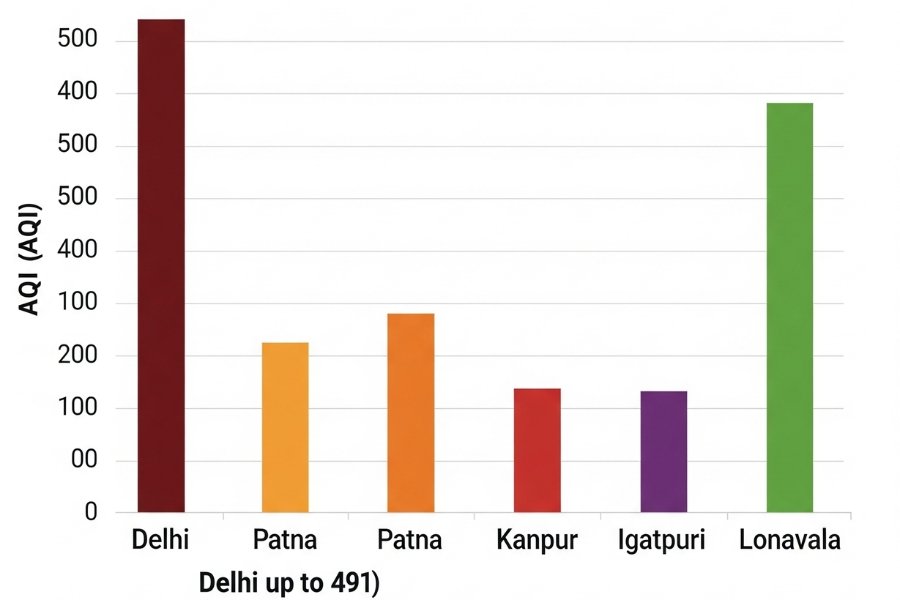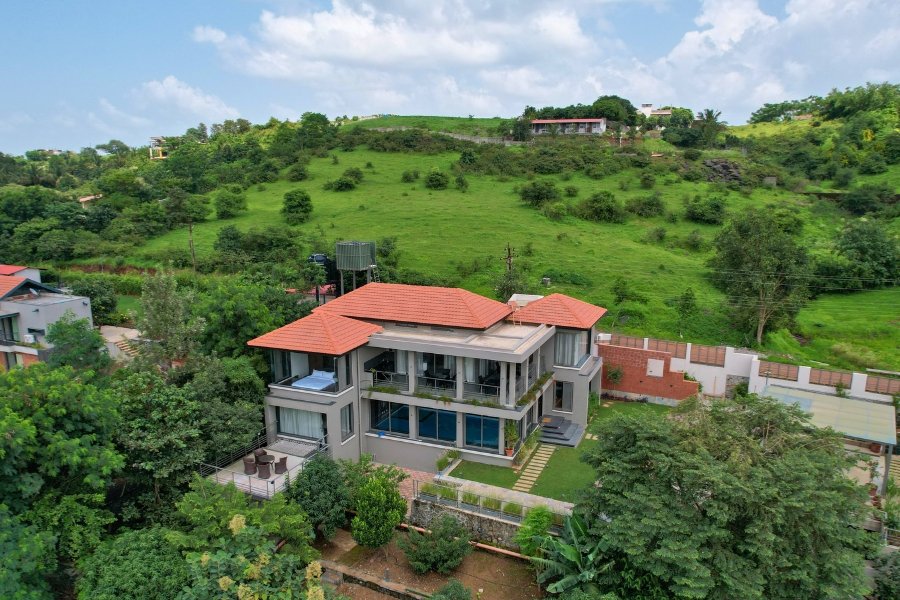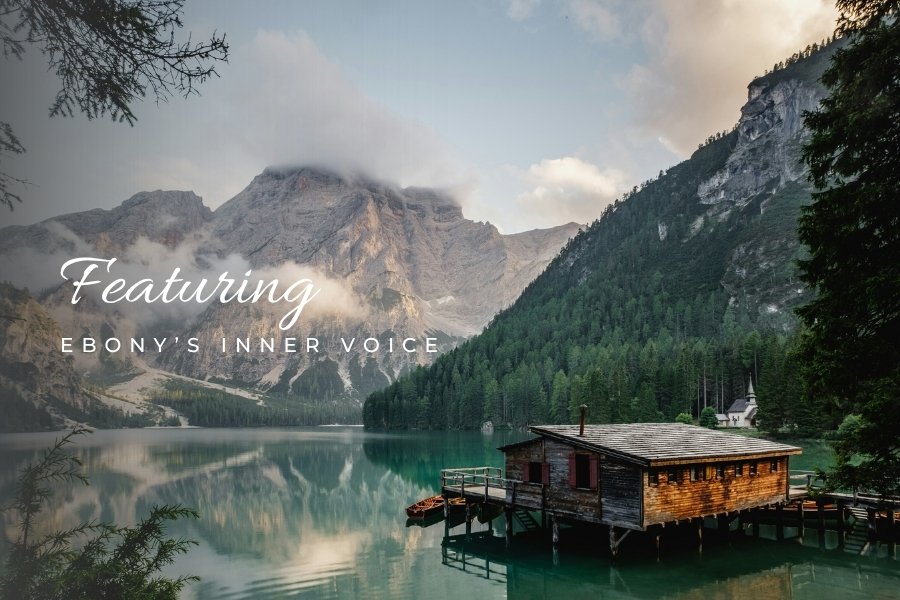How Air Quality Is Becoming the #1 Filter for Travel Searches in India
In recent years, travellers in India have shifted priorities, from just picking destinations based on sights and amenities to choosing locations based on air quality. Air Quality Index (AQI), once a background concern, has emerged as a deciding factor. Whether parents are booking a holiday home with kids, elderly travellers conscious of respiratory risks, or health‑savvy millennials, and even international tourists, clean air now strongly influences destination choice.
This trend is especially pronounced when comparing stays at peaceful villa retreats like those offered by Ebony Stays, branded for locations with AQI under 100, with more polluted urban centres. In this article, we explore how air quality filters affect travel searches, examine real AQI contrasts, and consider why travel platforms and property managers now highlight AQI prominently.
Why Air Quality Is the New Priority
Health Impact and Awareness
Air pollution in India is a major health crisis. Ambient outdoor air pollution contributes to approximately 670,000 deaths annually, exacerbating respiratory and cardiovascular diseases. Cities like Delhi, Patna, and Kanpur regularly register PM2.5 levels that place them in the “Poor” to “Severe” AQI categories. Delhi, for example, has breached AQI levels up to 491 (“severe‑plus”) in winter seasons, posing acute risks even for healthy individuals.
As awareness grows, in part through apps like AQI India and widespread media reports, travellers are now consciously filtering out destinations with unhealthy air. Google Trends and travel advisories reflect rising interest in combining “vacation” with “clean air”.

Travel Platforms & Real‑Time Data Integration
Tour websites and apps are actively highlighting air‑quality info: scores, historical trends, and live AQI alerts. Platforms like Ebony Stays now promote properties in “AQI under 100, zero noise, all zen”, turning clean‑air locations into selling points. A recent Indian Airvoice study recommended recommending vacation spots based on air quality and empowering consumers through real‑time data and digital twins.
Travel agencies, too are responding: peak tourism season (October–March) now sees flight delays, visibility issues, and school closures, with travel advisories warning against Delhi visits due to smog disruption.

AQI in Ebony Villa Locations vs Urban Cities
Ebony Stays selects villa settings, such as Lonavala, Igatpuri, Alibaug, Goa, Nainital, specifically for their clean air. Company literature states that each villa location boasts an AQI below 100, offering generally “good” to “satisfactory” air quality.
Sample Villa Destinations
- Whispering Vale, Igatpuri and Lotus Villa, Igatpuri are tucked in the Western Ghats foothills with dense green cover and elevation; they benefit from mountain breezes and low urban emissions.
- Teakwood 29, Lonavala offers a similarly clean‑air retreat in the hills near Mumbai, far from city pollution sources.
- Other Ebony properties in Alibaug, Goa and Udaipur are chosen for their natural surroundings, away from urban smog and industrial zones.

Contrasting with Urban AQI
- Delhi often registers AQI above 200–300 in peak months, and even reached 491 in a single day, deep into the “severe‑plus” bracket
- Patna, also among the most polluted globally, regularly registers PM2.5 around 130–150 µg/m³, translating to “poor” or worse AQI levels.
- Kolkata, historically average to poor, saw improvement in April 2025, registering average PM2.5 around 29 µg/m³, with 13 ‘good’ air days, but still exceeding WHO guidelines.
In contrast, villa locations with AQI consistently below 100 place them in the “satisfactory” or even “good” category, meaning visitors inhale far lower pollutant levels than they would in cities.
How Air Quality Shapes Travel Searches
Search Behaviour & Booking Trends
Air quality now ranks among the top filters on travel planning tools. Users frequently include terms like “best air quality retreats near Mumbai”, “clean‑air weekend getaway Igatpuri”, or “AQI beach stay in Goa”. Travel provider search analytics show rising percentages of searches explicitly mentioning AQI or “clean air”.
Health‑aware demographics, families with children, older adults, or anyone with respiratory conditions, lead this surge. International travellers checking Indian air quality before confirming itineraries further confirm the trend.
Branding Clean‑Air Stays
Properties like Ebony Stays now build their identity around Eco‑Luxury + Clean Air. Marketing emphasises that guests will breathe freely, unlike in urban hotels. Phrases like “AQI under 100, zero noise, all zen” feature prominently in property descriptions
Given India’s poor urban standards (14 of the top 15 worst‑polluted cities in the world are in India, including Delhi, Patna, and Muzaffarpur), travellers now consciously avoid city visits during high‑pollution months.

Why This Shift Matters
Health, Comfort, and Experience
Travelling is no longer just about sightseeing; it’s about how you feel during the trip. Fresh air contributes to restful sleep, energy levels, and relaxation. By choosing villas in cleaner pockets, travellers avoid headaches, lethargy, and risk of exposure, especially relevant in winter or post‑farm‑burning seasons.
Supporting Sustainable Tourism
Clean‑air stays often mean rural, green, off‑grid locations. That reduces strain on polluted urban destinations and redirects economic activity toward eco‑regions. Sustainable villas in places like Igatpuri and Lonavala also emphasise green design, solar, rainwater, and limited traffic. The shift aligns with a growing eco‑conscious travel mindset.

Conclusion
Air quality is fast becoming the #1 filter for travel decisions in India. Rising awareness and digital integration mean travellers now actively avoid destinations with high pollution. Villa stays in nature‑centric regions, like those offered by Ebony Stays, provide a clear alternative: AQI under 100, fresh air, minimal noise, and wellness‑centred experiences.
By comparing AQI data, often below 100 at villa locations versus regularly 200+ in urban centres like Delhi and Patna, the case is clear. Health and comfort lead the choice. Travel providers are responding, branding properties around fresh air. As this trend grows, travel landscapes across India will increasingly value, and market, clean‑air escapes.
FAQ
Q1: What AQI level is considered safe for travel?
A: AQI under 100 is generally considered “satisfactory” or better. Under 50 is ideal (“good”). Locations like Ebony villa retreats consistently achieve AQI below 100, making them healthier choices than cities that often breach 200–300 in peak months.
Q2: How does AQI translate into actual risks?
A: AQI levels above 200 are associated with respiratory discomfort, reduced lung function, and risk to sensitive groups. Sustained exposure over many days can exacerbate asthma, bronchitis, and cardiovascular issues. Clean‑air retreats avoid these dangers.
Q3: Is air quality information reliable in rural/villa areas?
A: While monitoring networks are denser in cities, many villa areas use portable real‑time sensors or rely on regional CPCB/IQAir data. Ebony Stays vets its locations to ensure AQI under 100 before listing. Still, travellers can check apps like AQI India or IQAir for the latest updates.
Q4: Does choosing a clean‑air villa cost more?
A: You may pay a premium compared to urban hotels, but many travellers find value in the health and experience. Ebony locations offer grouped stays, often 5 BHK pools and garden spaces, priced competitively relative to equivalent urban properties.
Q5: Can clean‑air destinations also be eco‑friendly in other ways?
A: Yes. Properties like Ebony Green Villas integrate solar energy, rainwater harvesting, and materials with reduced environmental impact, aligning air quality with the overall sustainability ethos

